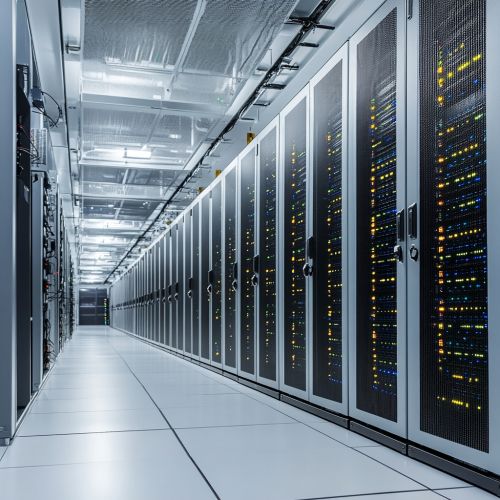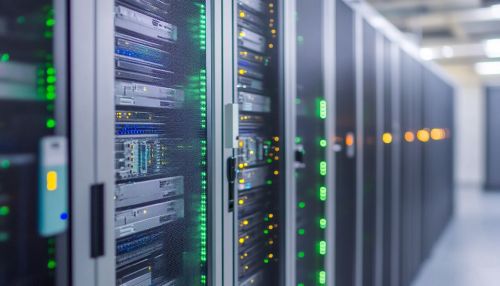In-memory computing
Introduction
In-memory computing is a paradigm in computer architecture where data is stored and processed in the main memory (RAM) rather than on traditional disk storage. This approach aims to reduce latency and increase the speed of data processing by minimizing the need to access slower disk storage. In-memory computing is particularly relevant in the context of Big Data, real-time analytics, and high-performance computing applications.
Historical Background
The concept of in-memory computing has evolved alongside advancements in memory technology and computing power. Early computers relied heavily on disk storage due to the high cost and limited capacity of memory. However, as memory technology advanced, the cost per bit decreased, and the capacity increased, making in-memory computing more feasible. The development of DRAM in the 1970s was a significant milestone, providing faster access times compared to magnetic disks.
Technical Overview
Memory Architecture
In-memory computing leverages a memory-centric architecture where the main memory serves as the primary storage medium. This architecture contrasts with traditional storage-centric architectures where data is frequently moved between memory and disk. In-memory systems often utilize non-volatile memory technologies such as Flash Memory and emerging technologies like PCM to ensure data persistence.
Data Processing
Data processing in in-memory computing is characterized by reduced latency and increased throughput. By keeping data in memory, systems can perform complex computations without the overhead of disk I/O operations. This capability is crucial for applications requiring real-time data processing, such as IoT analytics and financial trading systems.
Software Frameworks
Several software frameworks have been developed to support in-memory computing. Apache Spark is a prominent example, providing an open-source framework for large-scale data processing. Spark's in-memory processing capabilities enable it to perform operations like MapReduce more efficiently than traditional disk-based systems.


Applications
Real-Time Analytics
In-memory computing is particularly beneficial for real-time analytics, where the ability to process and analyze data instantaneously is critical. Industries such as finance, telecommunications, and e-commerce rely on real-time analytics to make data-driven decisions quickly. For instance, fraud detection systems in banks use in-memory computing to analyze transaction data in real-time, identifying suspicious activities as they occur.
High-Performance Computing
High-performance computing (HPC) applications, such as scientific simulations and complex modeling, benefit significantly from in-memory computing. The reduced latency and increased data throughput enable researchers to perform simulations and analyses more efficiently, accelerating the pace of scientific discovery.
Business Intelligence
In-memory computing has transformed business intelligence (BI) by enabling faster data querying and reporting. Traditional BI systems often suffer from slow query performance due to reliance on disk-based storage. In-memory BI tools, such as SAP HANA, allow businesses to perform complex queries on large datasets in seconds, enhancing decision-making processes.
Challenges and Limitations
Cost and Scalability
One of the primary challenges of in-memory computing is the cost associated with large-scale memory deployment. Although memory prices have decreased, the cost of deploying terabytes of RAM can still be prohibitive for some organizations. Additionally, scaling in-memory systems to accommodate growing data volumes requires careful planning and investment in memory infrastructure.
Data Persistence
Ensuring data persistence in in-memory systems is another challenge. While non-volatile memory technologies offer some solutions, they are not yet as widely adopted or cost-effective as traditional storage solutions. As a result, many in-memory systems rely on hybrid architectures that combine RAM with persistent storage to ensure data durability.
Data Security
Data security is a critical concern in in-memory computing, as data stored in memory is more vulnerable to unauthorized access and attacks. Implementing robust security measures, such as encryption and access controls, is essential to protect sensitive data in in-memory environments.
Future Trends
The future of in-memory computing is closely tied to advancements in memory technology and the increasing demand for real-time data processing. Emerging memory technologies, such as ReRAM and MRAM, promise to enhance the performance and scalability of in-memory systems. Additionally, the growing adoption of AI and machine learning will drive the need for more efficient data processing capabilities, further fueling the development of in-memory computing solutions.
